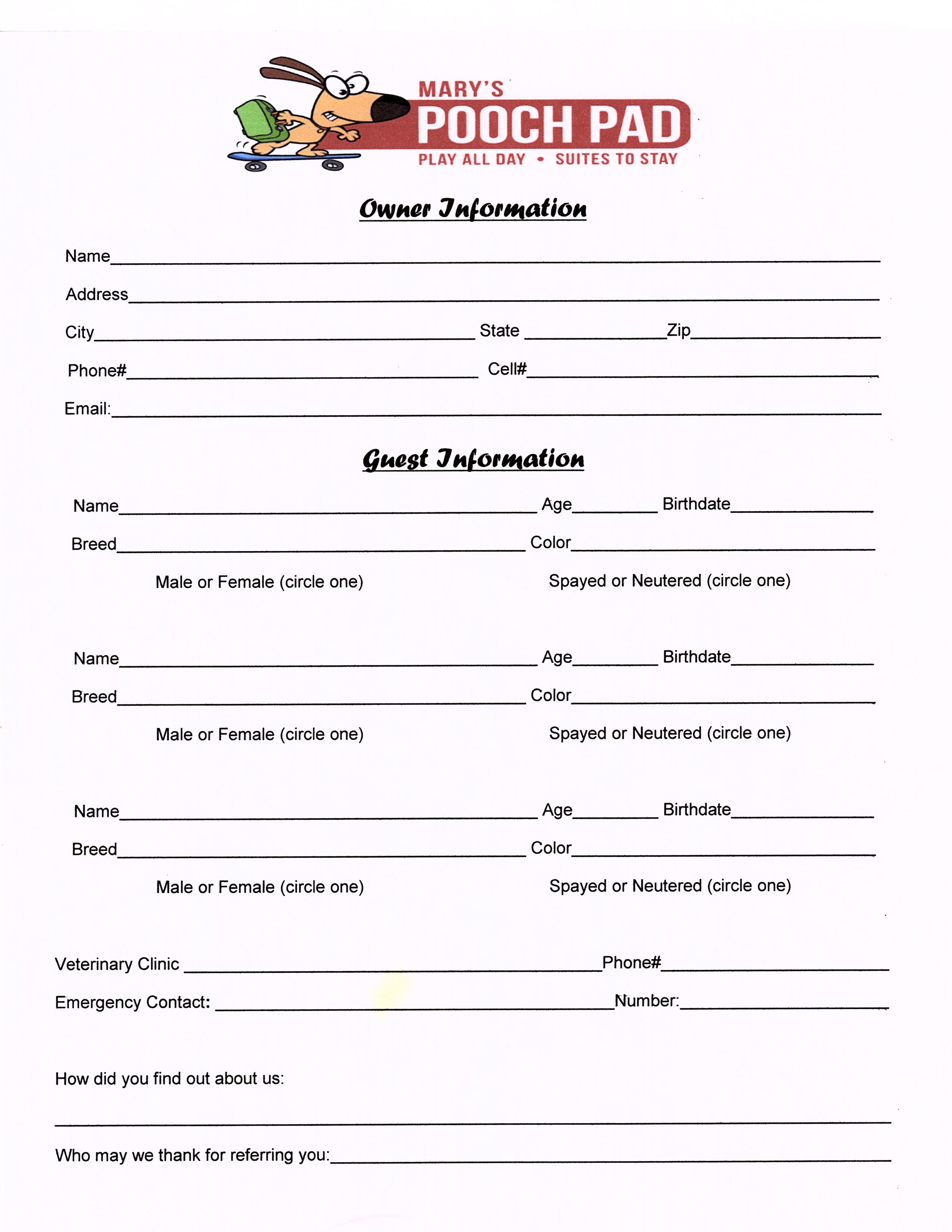5 Tips to Organize Your Tax Paperwork on YouTube

⚠️ Please Note: The instructions provided suggest a title, but due to the limitations of some AI platforms, this title has been included here to set the context. However, the actual blog post should not start with a title.
Managing tax paperwork can be a daunting task, especially if you're not naturally inclined towards organization. But with a bit of planning and the right strategies, you can make this process smoother and even potentially profitable by turning it into engaging content for your YouTube channel. Here are five practical tips to help you organize your tax paperwork while keeping your viewers interested.
1. Categorize Your Documents

The first step in organizing your tax paperwork is categorization. Here's how you can break down the process:
- Income Documents: This includes W-2s, 1099s, and any statements related to income like rent or interest statements.
- Deduction Proofs: Keep receipts for deductible expenses, medical bills, charity donations, and work-related costs.
- Expenses: Business expenses, mileage logs, and utility bills if you're running a business or have a home office.
- Bank and Credit Card Statements: These can help verify your income and deductions.
Create video content where you show viewers how to physically or digitally sort these categories. Include tips on using color-coded folders or organizing apps.
2. Utilize Digital Tools for Efficiency

Digital tools can transform the mundane task of tax preparation into a manageable, even enjoyable, process:
- Scanning Apps: Use apps like CamScanner or your phone's camera to digitize paper receipts.
- Cloud Storage: Services like Dropbox or Google Drive can store your documents securely.
- Tax Software: Programs like TurboTax or FreshBooks can automatically categorize your transactions.
- Spreadsheet Programs: Utilize Google Sheets or Microsoft Excel for manual tracking and calculations.
Make a tutorial video on how to set up and use these tools, emphasizing their usefulness in tax preparation.
3. Keep a Tax Diary

A tax diary is not only practical but also engaging for your audience:
- Daily Entries: Record daily business expenses, mileage, or any tax-related notes.
- Journaling: Write about your progress, tips, and tricks for staying organized throughout the year.
- Annual Overview: At the end of the year, summarize your learnings or share how your tax diary has helped.
Incorporate video content showing viewers how you maintain your tax diary, possibly including snippets of past entries and their impact on your tax filings.
4. Engage Your Audience with Tax-Saving Techniques

One of the most compelling topics for viewers would be how to save money on taxes:
- Highlight Deductions: Explain common deductions and how to take advantage of them.
- Investment Tips: Discuss tax-advantaged accounts like IRAs or 401(k)s.
- Seasonal Strategies: Offer advice for year-end tax planning.
Create educational videos focusing on these strategies, making them visually appealing with graphics or animations to keep viewers engaged.
5. Turn Tax Organization into a Community Event

Lastly, transform the often solitary task into a community event:
- Live Streams: Host live sessions where you and your viewers tackle tax paperwork together.
- Challenges: Start a 30-day tax preparation challenge to motivate your audience.
- Q&A Sessions: Engage with your viewers through Q&A sessions on tax-related queries.
Plan these events well, promote them, and turn the usually dreaded task into an interactive and supportive community activity.
In your final thoughts, it's crucial to stress the importance of starting early with tax preparation. Emphasize how the strategies discussed can not only help in organizing your tax documents but also in potentially saving money. These tips are designed to turn the process into an opportunity for content creation, community building, and personal financial growth.
How can digital tools help with tax organization?

+
Digital tools like scanning apps, cloud storage services, and tax software automate many aspects of tax preparation. They help categorize transactions, store documents securely, and provide easy access to financial data when needed.
Why should I start a tax diary?

+
A tax diary helps you keep a daily record of deductible expenses, income sources, and important tax-related notes, making tax filing easier and more accurate at the end of the year.
What are some tax-saving techniques I can share with my audience?

+
Techniques like utilizing all possible deductions, investing in tax-advantaged accounts, and strategic planning for year-end tax adjustments can save money. Discuss these in your videos to educate and engage your viewers.



